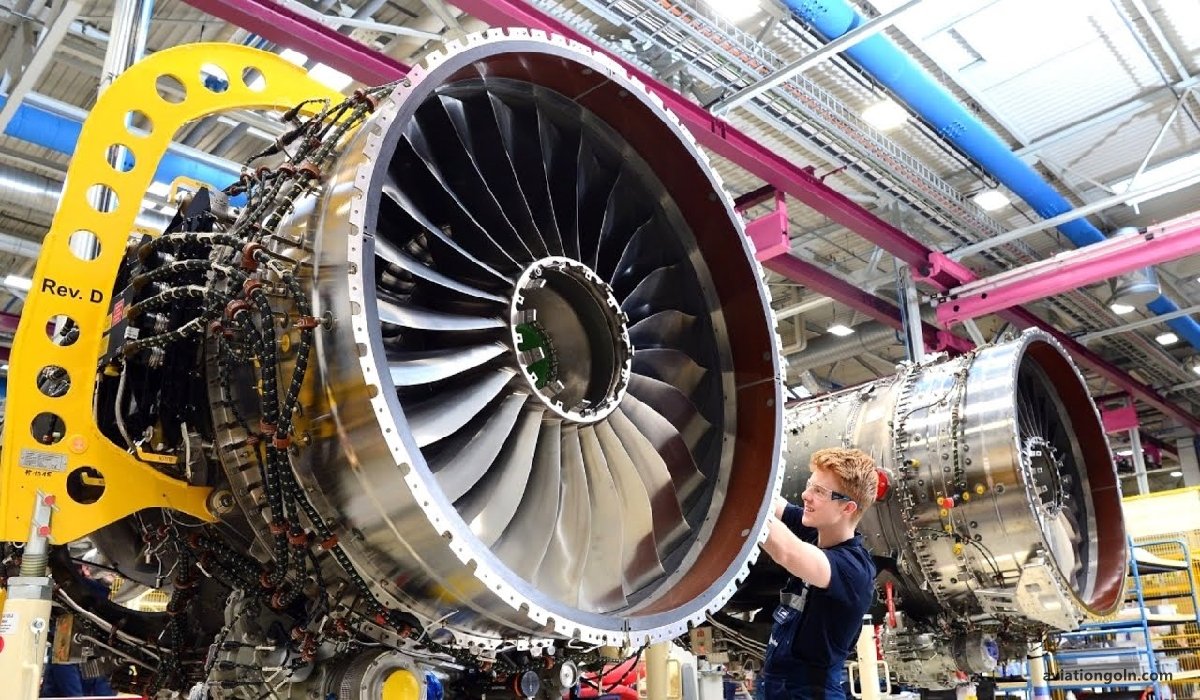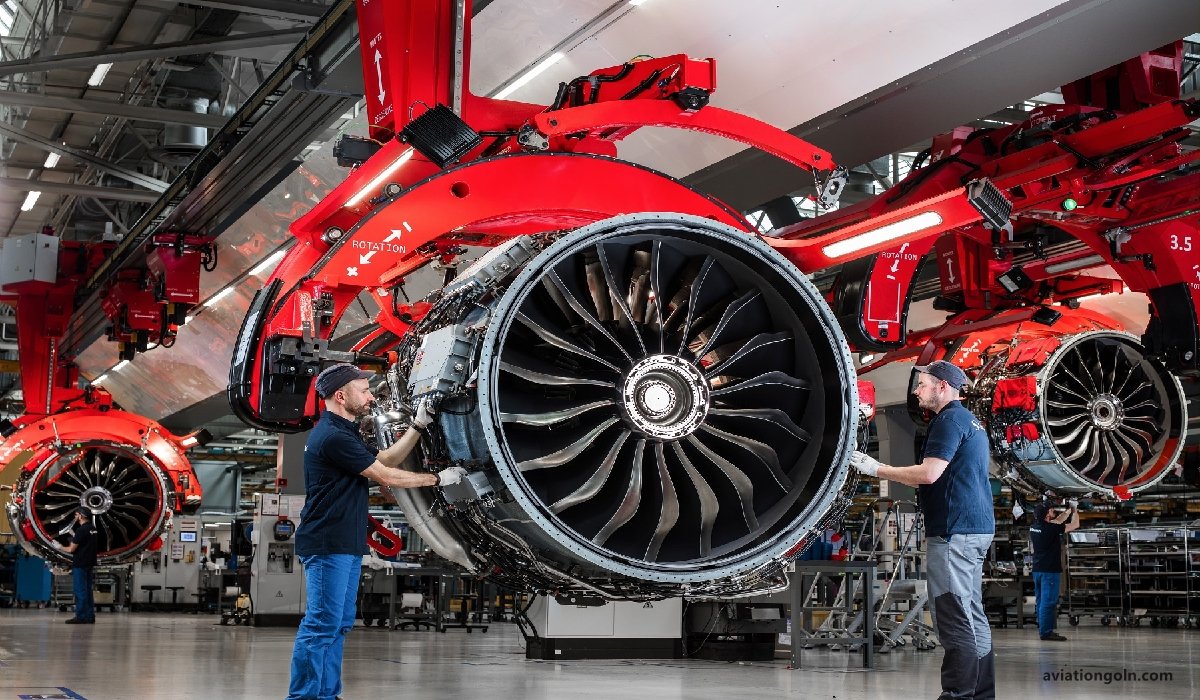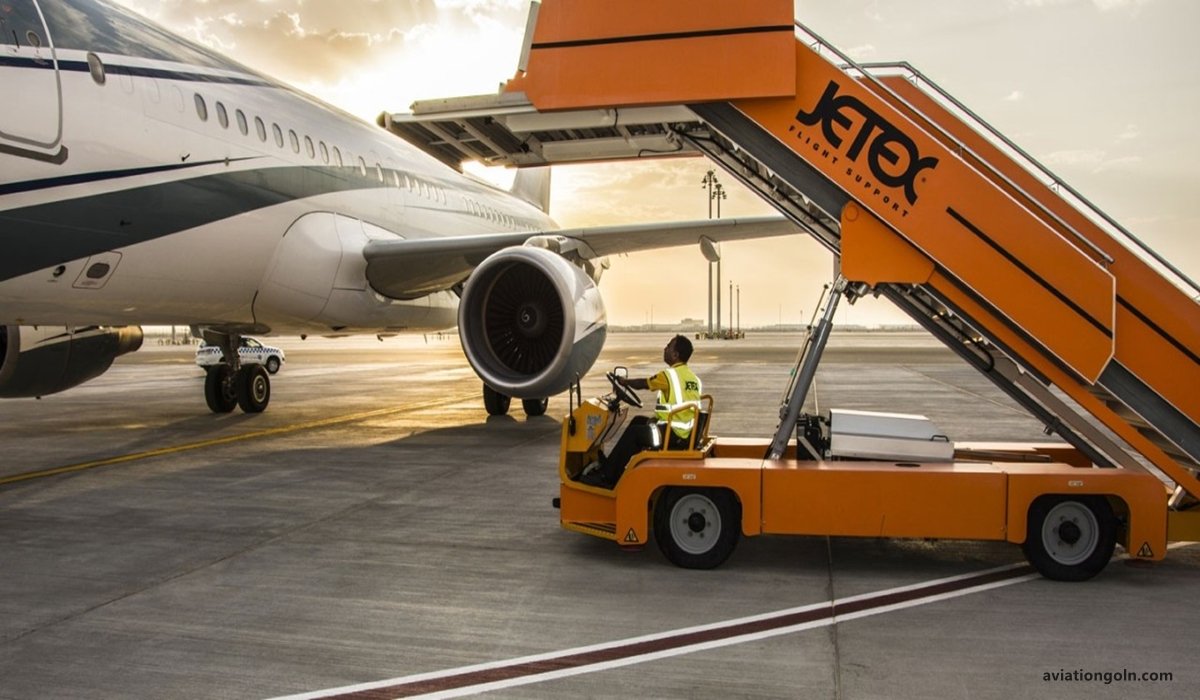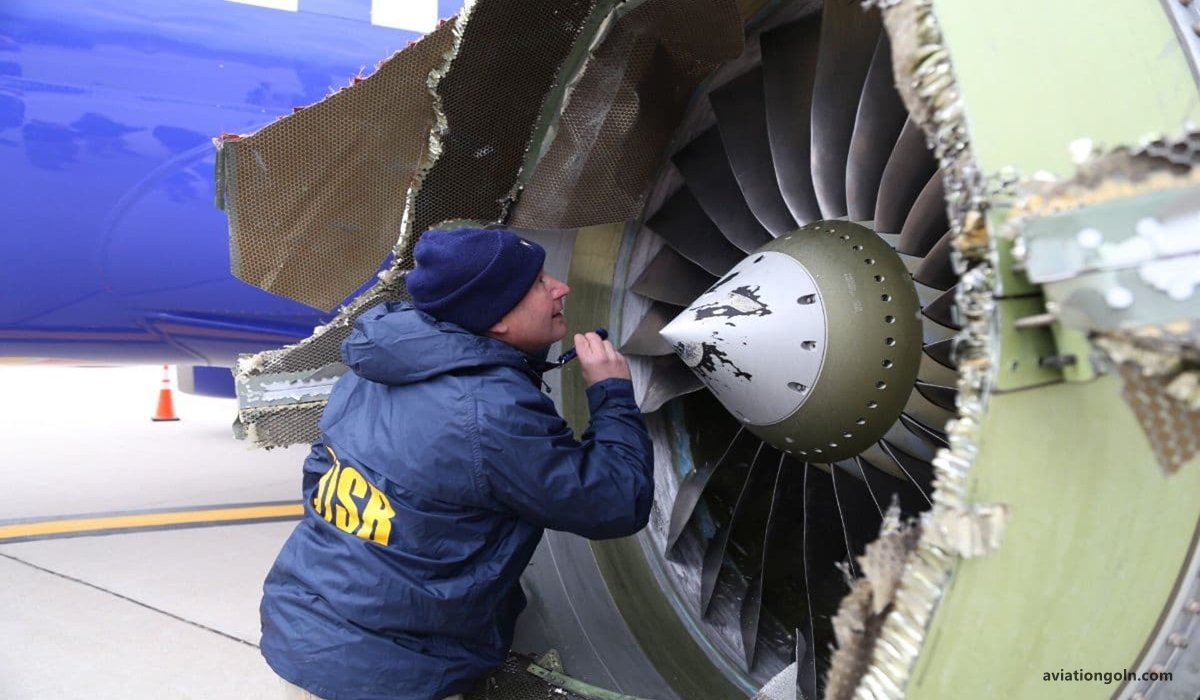Turbine Engines: Turbine engines, commonly associated with the whine of jet aircraft, represent one of the most transformative technological advancements in the history of aviation. From the roar of fighter jets to the hum of commercial airliners, turbine engines, often known as “jet engines”, have been a driving force in making the world a smaller place. In this extensive delve into turbine engines, we’ll cover their fundamental principles, the types, key components, advantages, challenges, and recent advancements.
Turbine Engines: Basics of Aircraft Engines

Historical Overview
The dream of jet propulsion can be traced back to Sir Isaac Newton’s third law of motion, but it wasn’t until the early 20th century that the first practical jet engine prototypes emerged. Developed independently by Frank Whittle in the UK and Hans von Ohain in Germany, the 1930s and 1940s saw the birth of the jet age. These engines promised unmatched speed and altitude capabilities, reshaping both commercial aviation and military air power.

How Turbine Engines Work
At its core, a turbine engine operates on the principle of drawing in air, compressing it, mixing it with fuel, igniting the mixture to produce high-speed exhaust gases, and then expelling these gases at high speed to produce thrust. This process can be broken down into four essential stages:
- Intake: Air is drawn into the engine.
- Compression: Air is compressed by axial or centrifugal compressors, increasing its pressure and temperature.
- Combustion: The compressed air enters the combustion chamber, where fuel is introduced and ignited.
- Exhaust: The hot gases expand rapidly and are expelled through a nozzle, producing thrust.

Key Components of a Turbine Engine
- Compressor: Increases the pressure of the incoming air. It can be of the centrifugal type (common in earlier engines) or axial type (more common in modern engines).
- Combustion Chamber: A section where compressed air and fuel mix and burn.
- Turbine: Converts the energy from the hot gases into mechanical energy, driving the compressor and other accessories.
- Nozzle: Channels the exhaust gases out, increasing their velocity and thereby generating thrust.
- Shaft: Connects the turbine to the compressor and other components, ensuring synchronized rotation.

Types of Turbine Engines
- Turbojet: The purest form of a jet engine, primarily used in faster aircraft like some fighters.
- Turbofan: Features an additional fan at the front which helps generate additional thrust by bypassing air around the engine core. Common in commercial airliners.
- Turboprop: A turbine engine that drives a propeller, bridging the gap between piston and jet engines. Used in regional airliners and military transport.

- Turboshaft: Often used in helicopters, this engine provides power to a rotor system.
- Ramjet: Has no moving parts and relies on the aircraft’s speed to compress air. Used in specific military applications.
- Scramjet: A variant of the ramjet that operates at hypersonic speeds, where the flow remains supersonic throughout the engine.

Advantages of Turbine Engines
- High Speed and Altitude: Capable of cruising at high speeds and at altitudes where the air is thinner and more efficient.
- Reliability: Fewer moving parts than piston engines, leading to lower chances of mechanical failures.
- Power-to-Weight Ratio: Produce a lot of power relative to their weight, especially when compared to piston engines.
- Smooth Operation: Less vibration due to the continuous combustion process.

Challenges and Limitations
- Cost: High acquisition and maintenance costs compared to piston engines.
- Fuel Consumption: Especially at lower altitudes and speeds, turbine engines can be less fuel-efficient than piston engines.
- Noise: The high-speed exhaust can generate significant noise, leading to environmental and community concerns.

Recent Innovations and Future Trends
- Geared Turbofan: Uses gears to allow the fan and the turbine to operate at their optimal speeds, improving efficiency.
- Biofuels: Research into alternative fuels to reduce carbon emissions.
- Noise Reduction Technologies: Incorporating design modifications and new materials to make engines quieter.
- Electric-hybrid Systems: Combining traditional turbines with electric propulsion to enhance efficiency and reduce emissions.

Turbine engines have revolutionized aviation, offering speeds and altitudes that were once deemed impossible. From breaking the sound barrier to making intercontinental travel commonplace, these engines stand as a testament to human ingenuity and the desire to push boundaries.
As the aviation industry faces newer challenges, from environmental concerns to fuel efficiency, turbine engines continue to evolve. The journey from Whittle’s and von Ohain’s prototypes to today’s mammoth engines powering wide-body jets showcases an unwavering commitment to progress. The future, with prospects of even more efficient, quieter, and eco-friendly engines, holds much promise. The sky, as they say, is not the limit.
